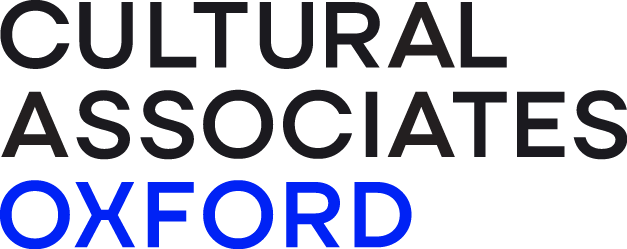Being different and the same – embracing the paradox
Cultural organisations across the world are increasingly looking beyond the state for their income, demonstrating their commercial acumen and ability to deliver successfully new business models. In order for cultural organisations to reinvent themselves as businesses, albeit not-for-profit, with entrepreneurial ways of thinking and behaving, they need to embrace significant transformation in the way their people work.
This ‘adaptive change’ is the sort of change that occurs when people and organisations are forced to adjust to a radically altered environment. Adaptive work becomes a necessity when an organisation’s core principles are questioned, when the values that made the organisation successful become less relevant, and when legitimate yet competing perspectives emerge with no obvious solutions. When this happens leaders have to look beyond providing leadership in the form of solutions and authoritative expertise, and challenge the way they work: how can we adapt, and still be authentic - how can we be different but still the same?
An ‘adaptive leadership’ approach can be effective when a situation or challenge arises that is outside the current leadership / management toolkit or repertoire. It can be the bridge between what an organisation wants to achieve, and what it is currently capable of achieving. Part of this process has to include recognition of the organisation’s limitations and a willingness to accept that the ‘business as usual’ approach isn’t enough.
Today’s leaders need to have the insight and ability to uncover the hidden talents and qualities of their people. They have to understand how developing and encouraging new ways of thinking, changing behaviours and acquiring new skills will help their organisations adapt; enabling them to become more sustainable and resilient.
Cultural Associates Oxford supports leaders and senior management teams to reframe their purpose, vision and future strategic direction, enabling them to skilfully balance the productive tensions between being both different and the same.


